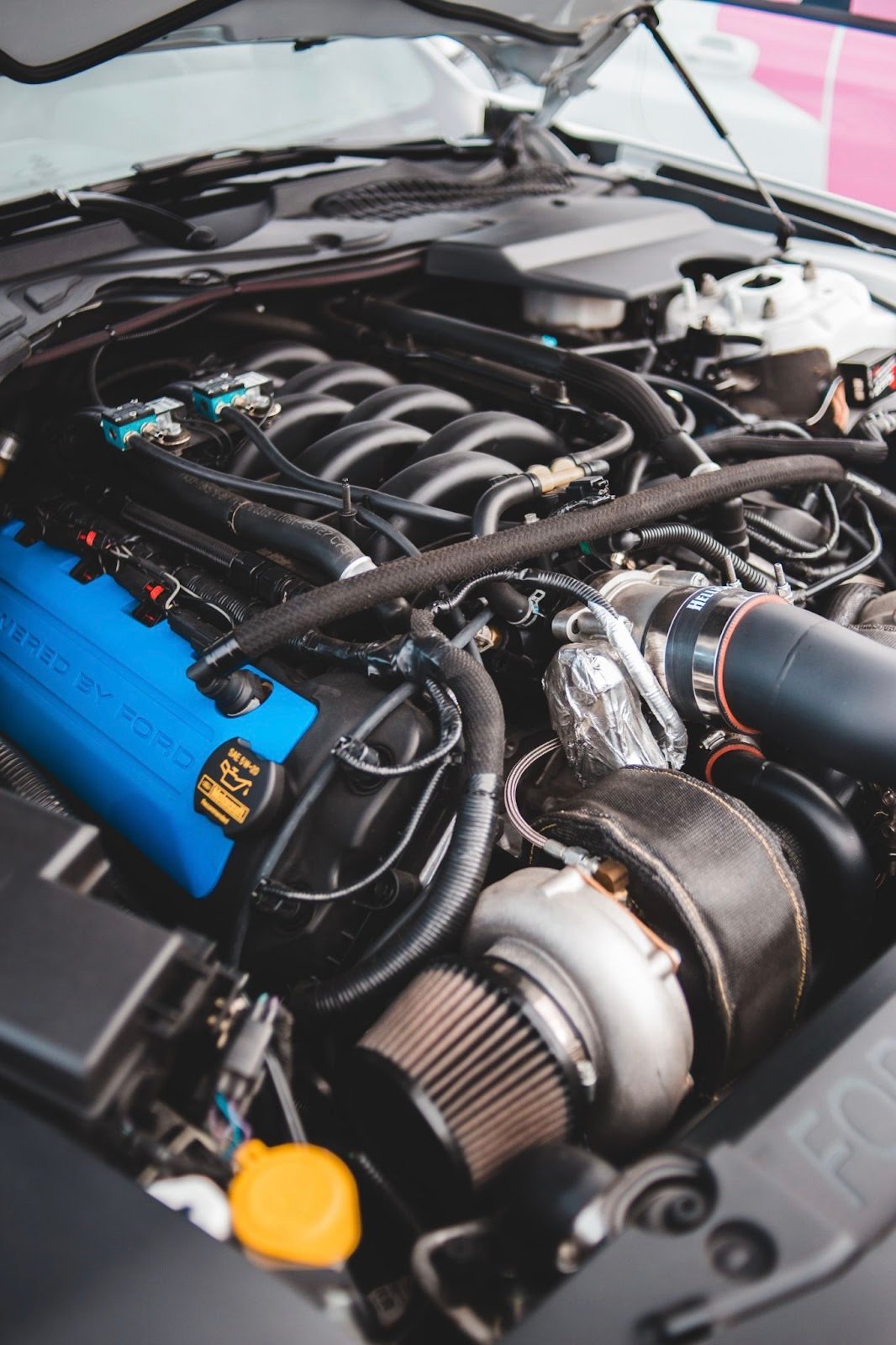
Electric vehicles (EVs), which promise to transform transportation by lowering emissions and reliance on fossil fuels, are at the vanguard of this transformation. But EVs’ sleek exteriors and silent propulsion mask a sophisticated world of engineering in which each component is essential. Among these parts, the gear design stands out as a crucial aspect that considerably affects how well electric vehicles work.
In this piece, we investigate the intricate relationship between gear manufacturing design and EV performance, demonstrating how this design aspect influences the effectiveness and driving experience of electric vehicles.
The Role of Gears in Electric Vehicles
Without gears, which are responsible for transmitting torque from the motor to the wheels, the powertrain of a vehicle would not be complete. Typical internal combustion engine (ICE) vehicles operate differently from electric vehicles, which commonly employ multi-speed gearboxes with many gears to enhance power delivery.
Electric vehicles frequently have a single-speed or direct-drive transmission due to the inherent qualities of electric motors, which offer a large torque range and rapid acceleration. Despite the simpler gearbox, the gear design continues to be a key factor in determining the overall performance of EVs.
Efficiency and Power Transmission
The efficiency of power transmission in electric cars is fundamentally shaped by the intricacy of gear design. While the transfer of mechanical energy in conventional vehicles can lead to gear losses, the consistent and high torque generated by electric motors negates the need for numerous gears. To guarantee optimum power delivery from the engine to the wheels, selecting appropriate gear ratios and refining their design is essential.
Enter online CNC machining. This advanced technology is instrumental in crafting precise and optimal gear designs. With the help of online CNC machining, manufacturers can achieve designs that reduce friction and heat production, thereby safeguarding a vehicle’s battery. This results in batteries having an extended lifespan and offering a more extended driving range.
Acceleration and Torque
The ability to accelerate quickly sets electric vehicles apart from conventional internal combustion vehicles, which is frequently cited as one of their main benefits. The output of torque at the wheels, which directly affects acceleration, is significantly influenced by the gearbox design. Engineers can choose gear ratios that produce the best acceleration performance by lining them up with the torque curve of the electric motor.
When a driver presses the gas pedal, torque is immediately available in EVs, providing instantaneous acceleration. Manufacturers can effectively use this trait thanks to gear design. When gears are constructed properly, torque may be delivered smoothly, providing the driver with constant, exciting acceleration under a variety of driving circumstances.
Regenerative Braking and Efficiency
Regenerative braking is a characteristic of electric cars that boosts their efficiency and range. When the driver reduces speed or applies the brakes, electric motors have the capacity to reverse their activity, acting as generators that convert kinetic energy back into electrical energy. The battery of the car then stores this energy for later use. Precision in gear design is necessary for regenerative braking to work well.
Regenerative braking can be accommodated with a gear design that is optimized to increase the vehicle’s overall efficiency. Smooth transitions between accelerating and deceleration modes are made possible by well-engineered gears, which also maximize energy recovery during braking events. Jerky deceleration and ineffective energy conversion might result from poor gear design.
Cooling and Heat Dissipation
During operation, electric vehicles produce heat, particularly during periods of high torque demand or sustained acceleration. Even while gearboxes in EVs are more straightforward, the strong power supply of electric motors can nevertheless subject them to heat stress. Effective heat dissipation and cooling are factors that should be taken into account while designing gear.
Gear design that incorporates cooling mechanisms, such as lubrication systems and heat sinks, avoids overheating and guarantees dependable operation. Effective heat management increases the gears’ lifespan while also improving the drivetrain’s overall dependability.
Noise, Vibration, and Durability
Gear noise and vibration are factors that can significantly impact the driving experience of electric vehicles. Poorly designed gears can produce excessive noise and vibrations, detracting from the otherwise quiet and smooth ride that EVs are known for. Proper gear design minimizes these disturbances, contributing to a more comfortable driving environment.
Furthermore, gear durability is crucial for the long-term reliability of electric vehicles. Electric motors can generate high torque levels, placing stress on gears during acceleration. Robust gear design, using high-quality materials and precision manufacturing techniques, ensures that gears can withstand these demands without premature wear or failure.
Conclusion
As electric vehicles pave the way for a greener and more sustainable transportation future, the complex interaction of gear design and operation becomes more apparent Efficient power delivery, torque delivery not loudness, better braking recovery, thermal management, reduced vibration noise, and improved durability are all aspects related to EV performance that are significantly impacted.
Also, with the world of electric cars marked by innovation and efficiency such as online CNC machining, the gear system plays an important role in the driving experience and performance of your car. Engineers and manufacturers measure gears, materials, cooling devices, and other manufacturing processes to ensure that the gears operate properly under the unique conditions of the electrical systems that must be designed.
Things like battery technology, charging, basic structure, range, etc. are important to overlook the importance of this important aspect of the real potential of electric vehicles to unlock the real potential electricity vehicles no acceptance.
Interesting Related Article: “Three reasons to buy a Tesla or another Electric Vehicle“
